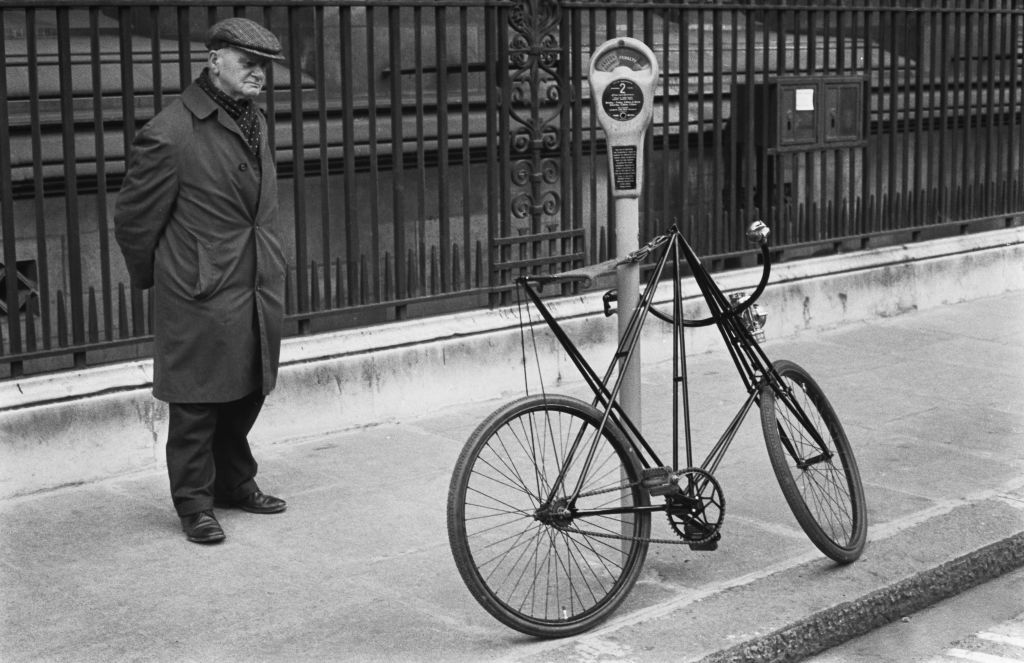Is the radical new Specialized Sirrus Carbon (opens in new tab), which has a hole – officially a ‘compliance junction’ – where the lower part of the seat tube should be, about to usher in a new era of imaginative, creative bike design? Has it finally released us from the bonds of the traditional diamond frame? In a word, no.
The Specialized Sirrus and its distinctive compliance junction
(Image credit: Specialized)
Of course, we admire Specialized’s ambition and willingness to innovate, but there have been many brave attempts to break out of the 138-year-old template of JK Starley’s Rover Safety Bicycle, not to mention the triangular gospel according to the late American bike tech guru Sheldon Brown (opens in new tab) (“the diamond frame is one of most nearly perfect pieces of design known”). Most recently we’ve also had the UCI (opens in new tab)’s Lugano Charter, which “has the objective of preserving the culture and image of the bicycle as an historical fact.”
Is it surprising that we always end up back at the two triangles?
Let’s have a look at some of the bikes that have tried to escape from three-cornered tyranny but – usually heroically – failed.
Dursley Pedersen
“It’ll never catch on…”
(Image credit: Evening Standard/Hulton Archive/Getty Images)
Mikael Pedersen was a Dane who unleashed his invention from the sleepy town of Dursley in Gloucestershire in 1894.
Pedersen actually introduced even more triangles, many more tubes and a perineum-punishing hammock seat that goes against everything Specialized’s Body Geometry has since taught us. The design was inspired by cantilever bridge engineering. Victorians loved bridges.
Pedersen wasn’t the first with a ‘cross frame’ – which commonly featured a single tube linking the head tube and the rear axle. There were others, mostly in the Netherlands, but his was the one that initially caught on in cycling-mad Britain.
However, competition was tough, Pedersen’s hub gear was said to be unreliable compared to the Sturmey-Archer rival, and sales were not as expected. The company stuttered on, was sold in 1905 and again in 1917 and the cycling world moved on – or backwards depending on your point of view.
Baines Flying Gate
(Image credit: Graham Watson)
But let’s time travel forward to 1930s Yorkshire, where a fresh assault on the safety bicycle was taking shape.
W&R Baines of Bradford (Bill and Reg) devised a frame with a vertical seat tube that joined the top tube much further…

